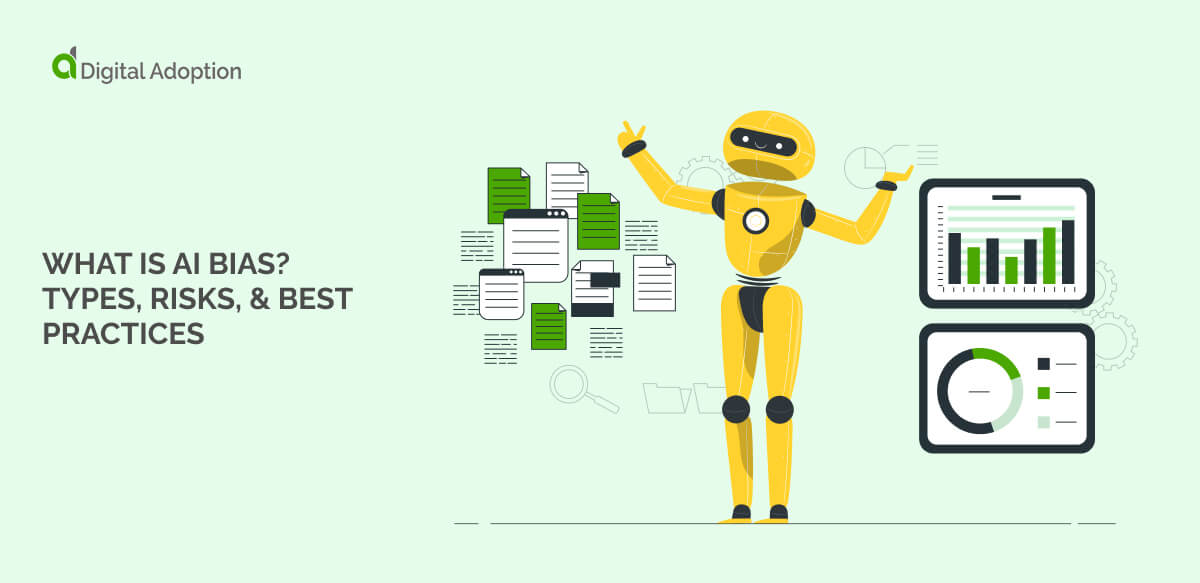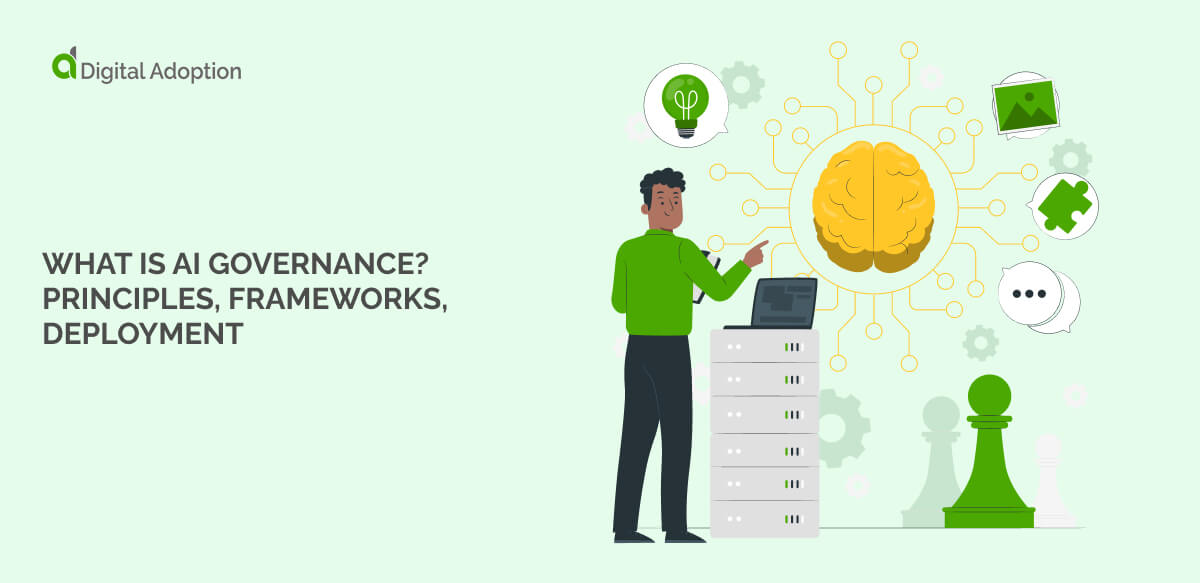Why does employee onboarding fail?
Employee onboarding fails when organizations overlook key elements, such as accountability, manager involvement, and modern tools. Common obstacles include unclear responsibilities, manager overload, and outdated systems.
Lack of ownership for new employee success
When no one takes responsibility for a new hire’s progress, onboarding lacks structure and focus. Without clear ownership, the new employee may be left to figure things out alone. This creates confusion and a sense of neglect, making the onboarding experience ineffective.
Managers Are unprepared or overwhelmed
Many managers struggle with onboarding because they lack clear guidance on integrating new employees into the team. Managers who are already overwhelmed with other tasks may not prioritize training and engagement, leaving new hires unsupported and unprepared to succeed in their roles.
HR lags in updating onboarding practices
HR departments often fail to keep pace with evolving tools and processes. If onboarding systems are outdated or do not integrate with digital adoption platforms (DAP), they can hinder the employee experience. Without modern solutions, engaging employees effectively from day one becomes harder.
Unmotivated employees
New hires who feel disconnected or underappreciated during onboarding often lack motivation. When companies fail to use engaging strategies, such as gamification or feedback loops, employees may struggle to see the value in their onboarding experience, leading to lower engagement and early attrition.




